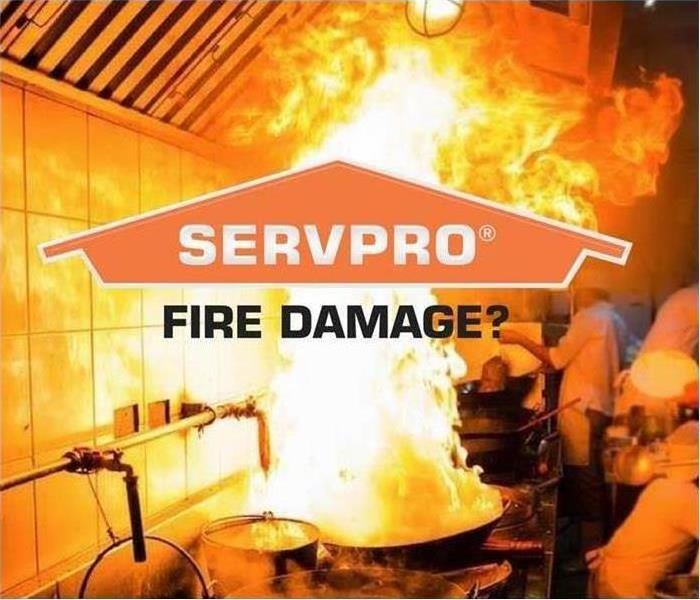Soot & Smoke Damage
8/17/2020 (Permalink)
After experiencing a fire it is clear there are many different types of fire damage that need to be examined. A very important and destructive form of fire damage is the smoke and soot. One reason smoke and soot can be so damaging is the fact the extent of the damage is usually hidden fairly well. Our smoke damage expertise and experience allows us to inspect and accurately assess the extent of the damage to develop a comprehensive plan of action.
Different Types of Smoke:
When it comes to smoke there are two different types of smoke–wet and dry. As a result, there are different types of soot residue after a fire. SERVPRO of Burbank starts by testing the soot to determine which type of smoke damage occurred. The cleaning procedures will then be based on the information identified during pretesting. Here is some additional information:
Wet Smoke – Plastic and Rubber
- Low heat, smoldering, pungent odor, sticky, smeary. Smoke webs are more difficult to clean.
Dry Smoke – Paper and Wood
- Fast burning, high temperatures, heat rises therefore smoke rises.
Protein Fire Residue – Produced by evaporation of material rather than from a fire
- Virtually invisible, discolors paints and varnishes, extreme pungent odor.
Smoke and soot facts:
To bring some more understanding on how smoke and soot work, here are some facts that could be potentially useful.
- Hot smoke migrates to cooler areas and upper levels of a structure.
- Smoke flows around plumbing systems, seeping through the holes used by pipes to go from floor to floor.
- The type of smoke may greatly affect the restoration process.
Our Fire Damage Restoration Services:
Since each smoke and fire damage situation is a little different, each one requires a unique solution tailored for the specific conditions. We have the equipment, expertise, and experience to restore your fire and smoke damage.
Have Questions about Fire, Smoke, or Soot Damage?
Call Us Today – (818) 842-1400





 24/7 Emergency Service
24/7 Emergency Service